How to Read a Wine Label — The Basics
First let’s start with the basics of reading a wine label.
- Brand: This is the winery that produced the wine. Some wineries have multiple brands. For example, Robert Mondavi owns its namesake winery along with Opus One (high end), Woodbridge (budget), RM Private Selection (Coastal), Luce (Italian), Caliterra (Chilean) and Kirraala (Australian), just to name a few of their brands. Other wine brands don’t have a winery. For example, Quilt is a brand that does not have its own winery. It is vinted and bottled, which is similar to being a private label brand.
- Year: This indicates the year the grapes were harvested.
- Wine Type: This refers to the type of grapes in the wine. The requirements vary from region to region, which complicates things for you. In Napa, if a label says Cabernet Sauvignon, it must contain 75% or more of Cabernet Sauvignon grape. It might contain 100% but the legal minimum is 75%.
- Appellation / Region: This is a legally defined geographical area where grapes were grown. If the grapes were grown in Mendocino, the label cannot say Napa.
- Alcohol: The percentage of alcohol is a legal requirement. It is most often on the back label, but sometimes it appears on the front label.
- Designation / Classification: This is where it gets tricky. Some regions have legal requirements for designations. For example, in Rioja, there are aging requirements that separate a Reserva wine from a regular wine. However, in other regions, Reserva can be used at a winemaker’s whim. Another example is Bordeaux where classifications are governed by the AOP, and you have to have a lot of pre-knowledge in order to understand this classification system.
How to Read a New World Wine Label
Let’s start with New World wine labels. This wine label from New Zealand is quite easy to read, and no amount of pre-knowledge is necessary.
Matua Sauvignon Blanc 2016
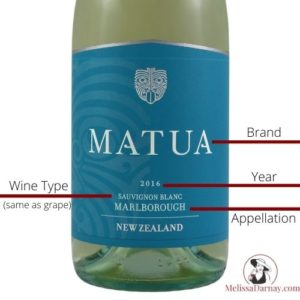
Wine Type: Sauvignon Blanc
Grape Variety: Sauvignon Blanc
Region: Marlborough
Year: 2016
New World Wine Labels from California
Justin Justification 2014
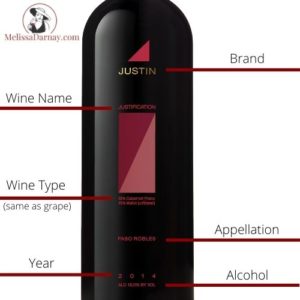
Wine Type: 55% Cabernet Franc, 45% Merlot
Grape Variety: Same as wine type
Region: Paso Robles (California is assumed)
Year: 2014
How to Read an Old World Wine Label from Italy
Giulio Straccali Chianti Classico 2016
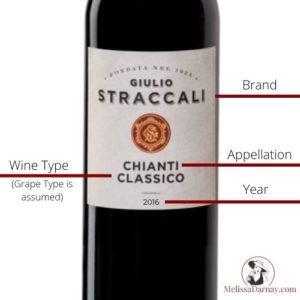
Wine Type: Chianti Classico
Grape Variety: at least 80% Sanviovese (not mentioned on label)
Region: Chianti
Year: 2016
How to Read an Old World Wine Label from France
Chateau Malartic Lagraviere 2013
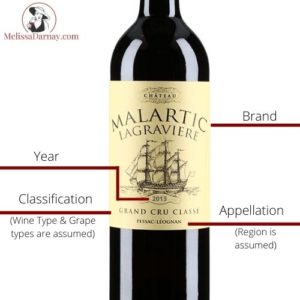
Wine Type: Bordeaux
Grape Varieties: Bordeaux blend
Region: Pessac-Leognan (in Bordeaux)
Year: 2016
Getting Better at Reading Wine Labels
If you want to learn more about wine, pick a region and drink several different bottles of wine from that region. Each time you open a bottle of wine, pay attention to what the label says… and what knowledge the wine producers assume you already know. Don’t worry about trying to become an expert in wine labels overnight. After all, you’re looking for a bit of edutainment, not a full-time job!

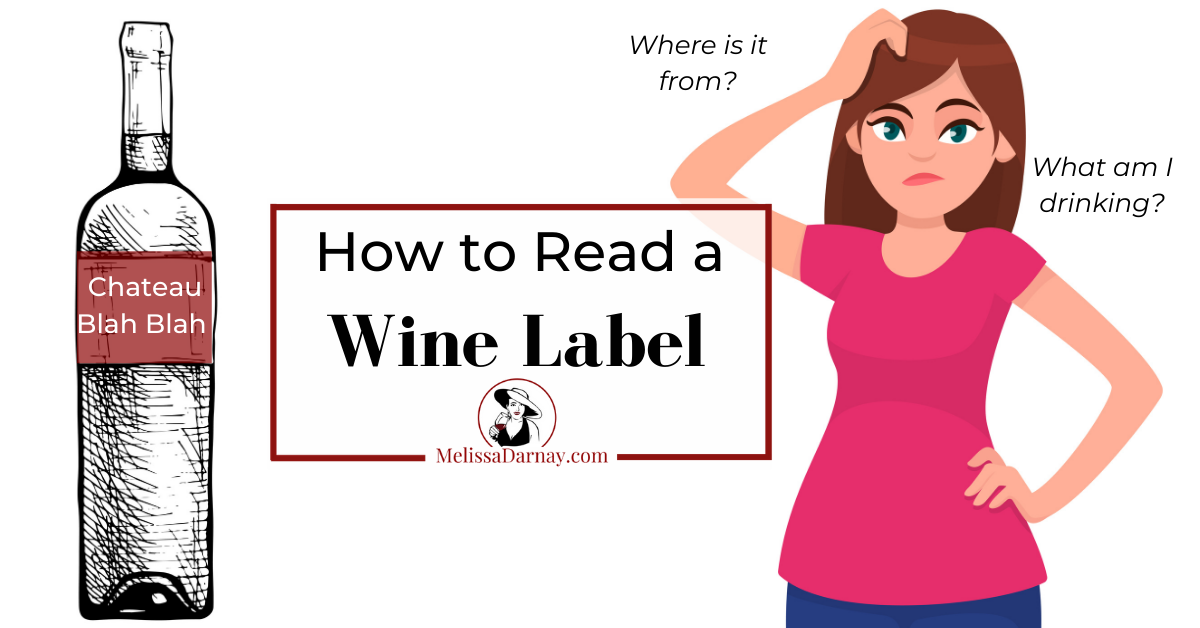
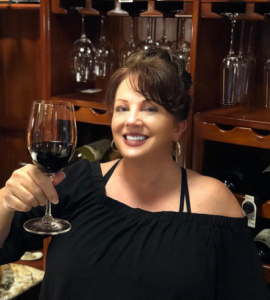


0 Comments